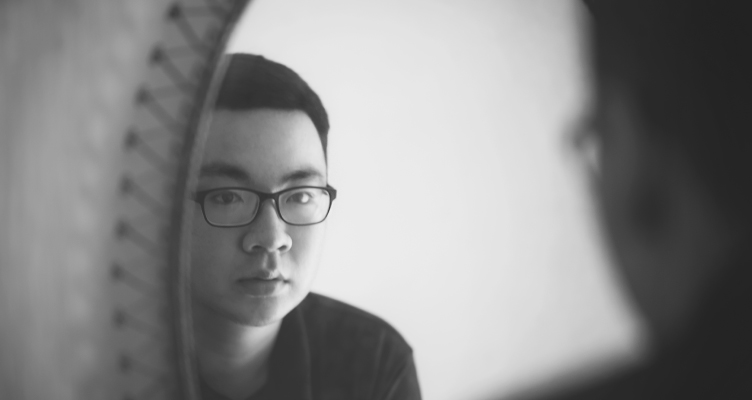
You decided to straighten and perfect your smile with braces or another orthodontic treatment, you followed all of Dr. Stroope’s advice and instructions about oral hygiene, and your braces came off or your Invisalign treatment was completed as recommended. But maybe you slacked off a bit with wearing your retainers afterwards and uh oh! You feel your teeth moving!
Why It Happens
First things first, take a deep breath. Our teeth, our whole bodies even, are always changing. Orthodontics help to move your teeth in certain directions, but once they are no longer there to keep your teeth in specific positions, the following factors all come into play and can encourage your teeth to move:
- Aging
- Genetics
- Tooth grinding
- Tooth loss
If you haven’t worn your retainers as recommended, it’s very likely that you’ll experience orthodontic relapse. Relapse refers to the tendency of teeth to move back to where they were before orthodontic treatment. Even if you don’t visibly notice that your teeth have moved, you’ll be able to tell if you experience some discomfort when you put on your retainers again after a long period of time not wearing them.
How to Correct It
If your teeth shift after your orthodontic treatment, you may be able to fix the shifting before it gets severe with new retainers. Sometimes, orthodontic relapse can be treated with Invisalign.
Call our office as soon as you notice your teeth shifting, whether it’s right after braces or a few months/years down the line, or if your retainers no longer fit. When orthodontic relapse is ignored for too long, you might need to begin a more intensive orthodontic treatment again. You don’t want all of the time and effort you put into straightening your teeth in the first place to go to waste!
